My design goals for this project were simple:
- Long battery life
- Wireless communication
- Simple, durable enclosure
The first goal meant having a large battery. The hour to hour and a half battery life of the GoPro wouldn’t cut it for longer, multi-hour rides. The second meant having both Bluetooth and WiFi so that additional hardware wasn’t needed to interface with the camera. The last goal also played a big role in determining the first two. While designing holes/slots to make every port available outside the case would have made things more convenient, it would also have reduced the structural integrity and water/dust resistance.
Please note that the choppy video in the clips is due to rendering issues. The quality of the video is the same as every other Raspberry Pi camera board.
 Connor Yamada
Connor Yamada
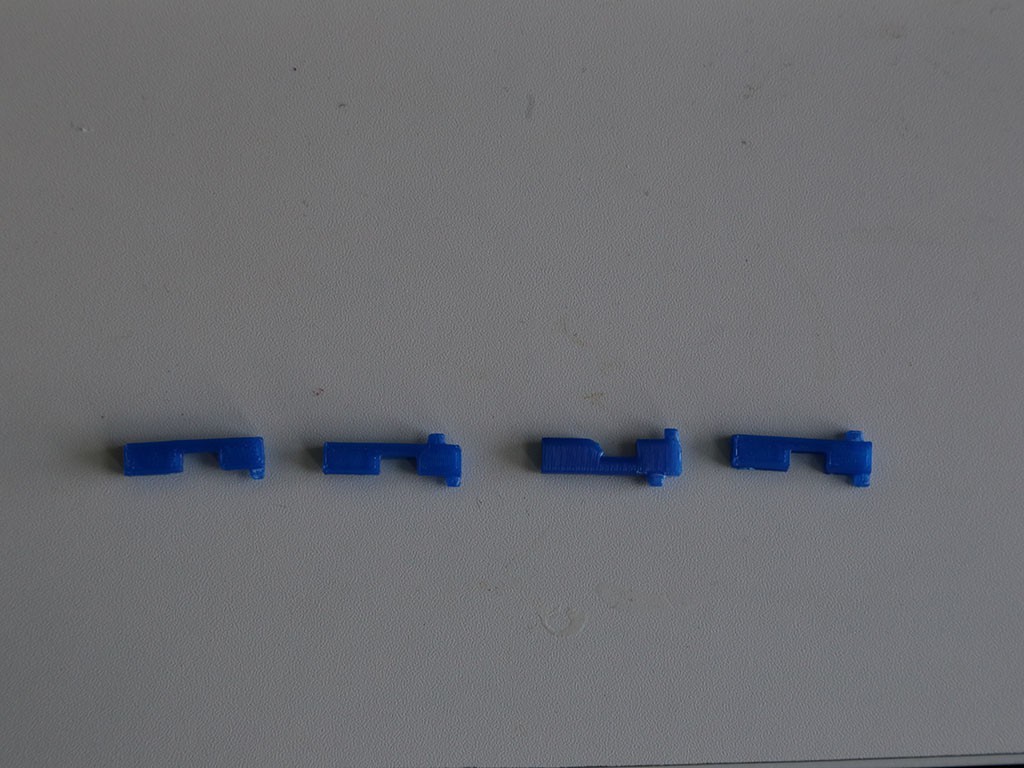
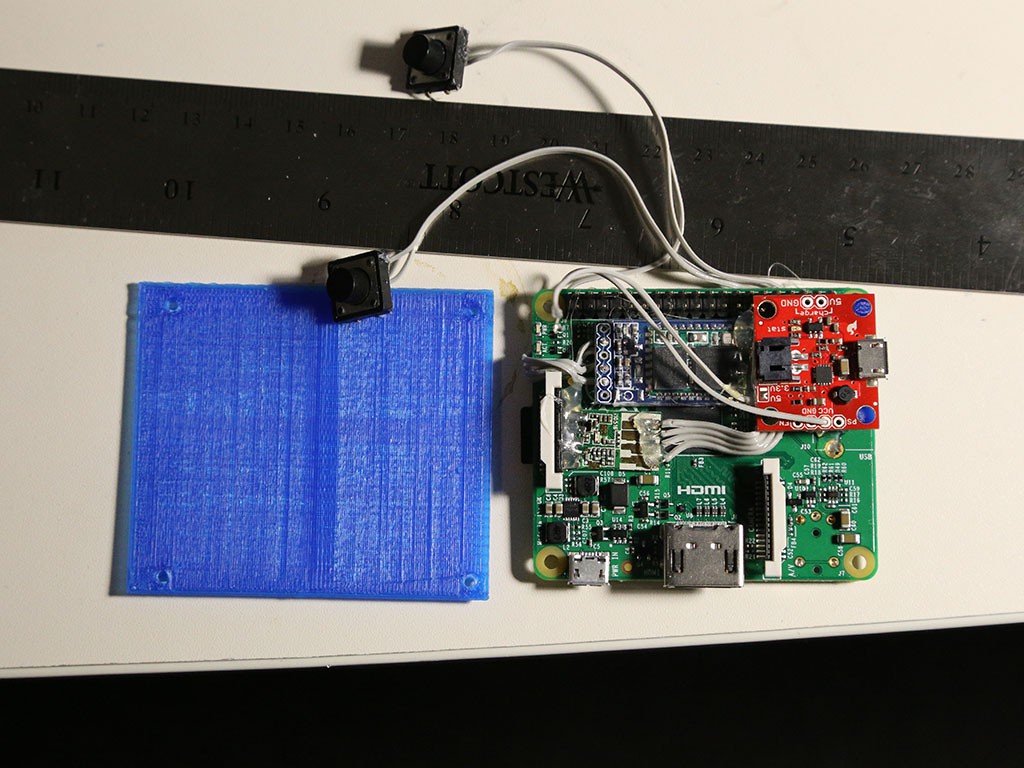
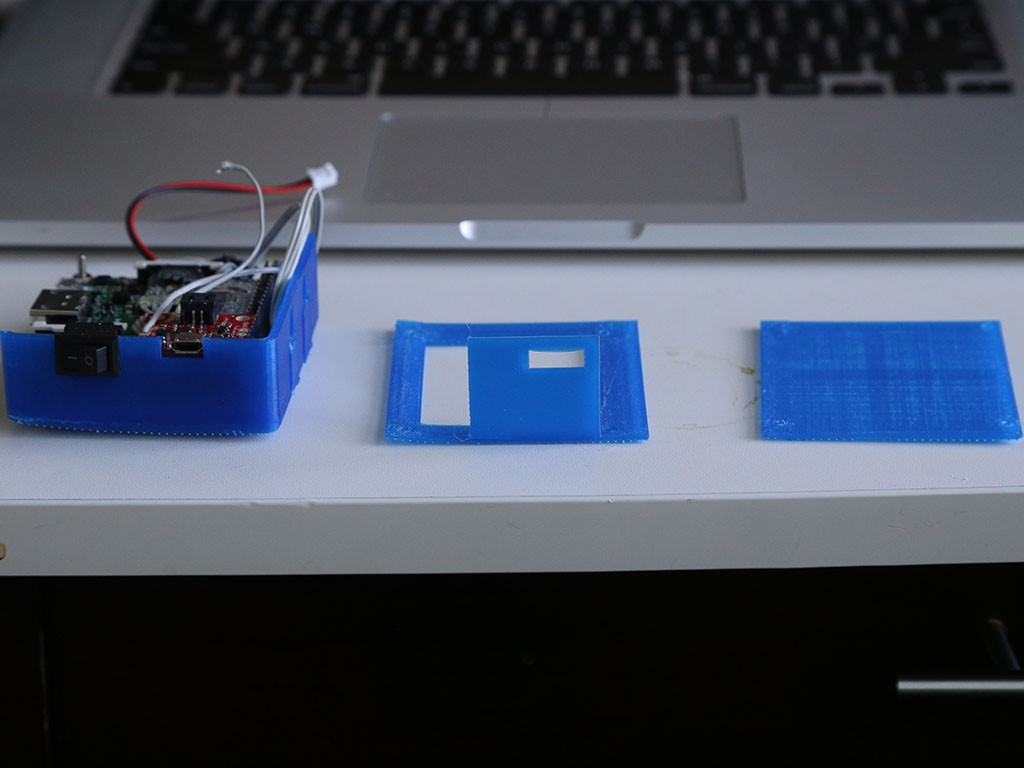 More test prints.
More test prints.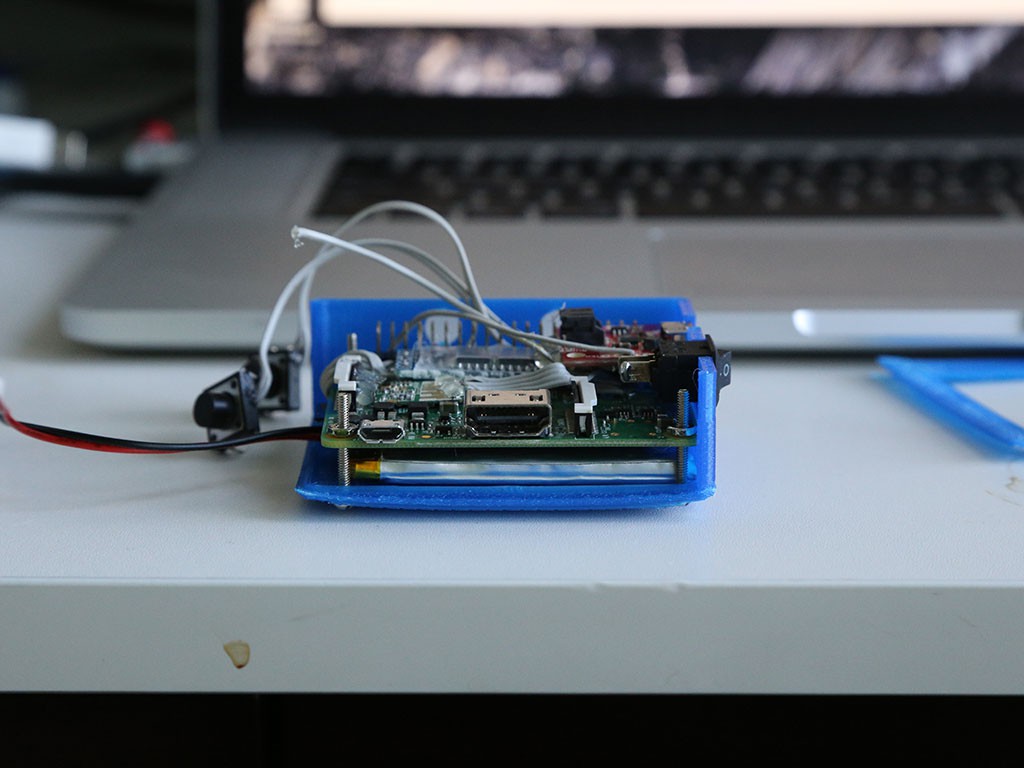
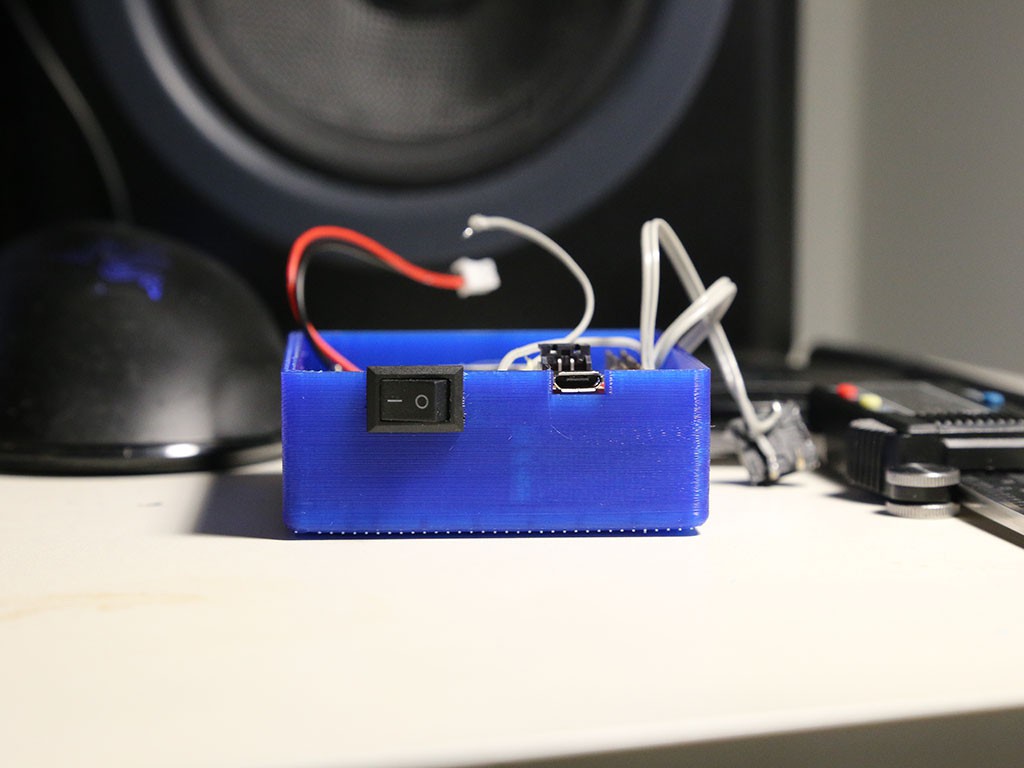


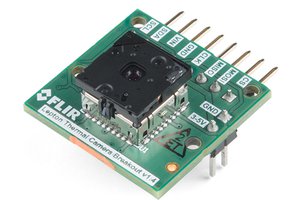
 peter jansen
peter jansen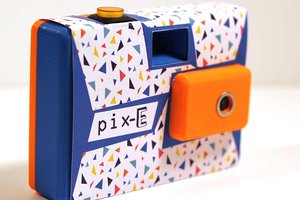
 nick.r.brewer
nick.r.brewer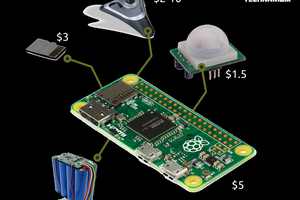
 Egle Marija Ramanauskaite
Egle Marija Ramanauskaite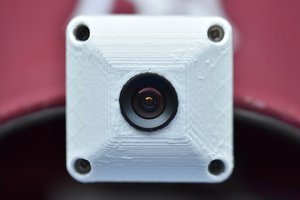
 Johan Link
Johan Link
https://app.ibomma.asia/